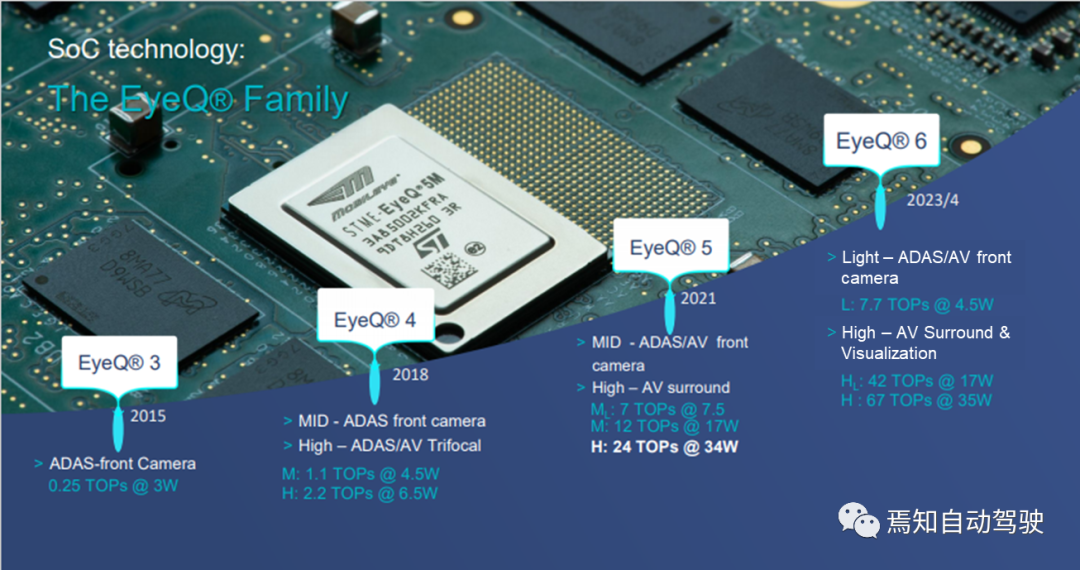*Author: HYZY
Zeekr 001 and SuperVision
In the past few days, the Zeekr 001 launched by Geely has attracted great attention at the Shanghai Auto Show. It integrates the beauty of a coupe, has a length of nearly 5 meters, a wheelbase of over 3 meters, a 50:50 weight distribution between the front and rear axles, a 100 kWh battery pack, accelerates to 100 km/h in 3.8 seconds, has a range of 712 kilometers, a top speed of over 200 km/h, and a braking distance of 34.5 meters per 100 km. These data have caused a sensation among the public.
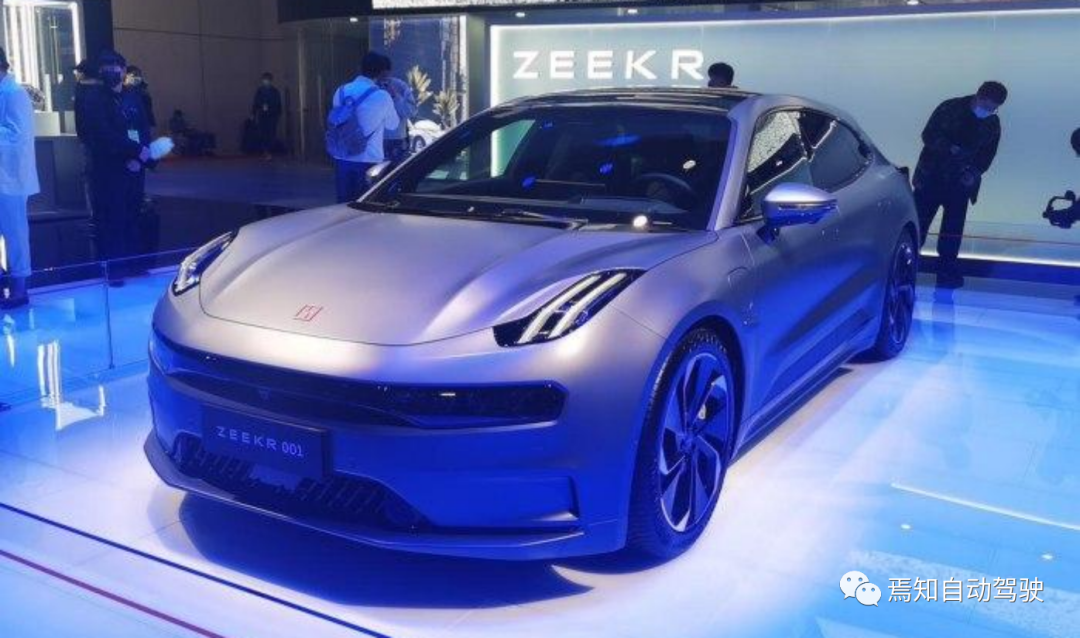
As a member of the intelligent driving industry, the most concerned issue for me is the intelligent driving technology of the Zeekr 001. According to the official information released by Geely, the Zeekr 001 is equipped with the latest generation of SuperVision system from Mobileye.
SuperVision is a Level 2+ pure visual intelligent driving solution created by Mobileye, the leader in the ADAS industry. It adopts the most advanced EyeQ5H chip and visual perception algorithm of Mobileye, and can support intelligent driving on highways/city expressways, parking, and public city roads.
Introduction to Mobileye
Before introducing SuperVision, let’s first introduce the protagonist of this series, Mobileye.
1. Company history
Mobileye was founded in 1999 by two researchers from the Hebrew University of Israel. It mainly develops cameras and software algorithms to solve vehicle driving problems, and its research and development headquarters is located in Jerusalem, Israel.
Mobileye went public on the New York Stock Exchange in 2014, with a market value of 5 billion US dollars at that time. In March 2017, Intel spent 15.3 billion US dollars in cash to acquire Mobileye with a one-third premium.
2. Product roadmap
-
Mobileye’s main product is its EyeQ series chip and corresponding visual algorithm:
-
Currently, the EyeQ3 and EyeQ4 are widely used in the market;
-
Zeekr 001 plans to surpass BMW and become the world’s first mass-produced vehicle with EyeQ5;
-
The next generation EyeQ6 is expected to be mass-produced in 2023/2024.
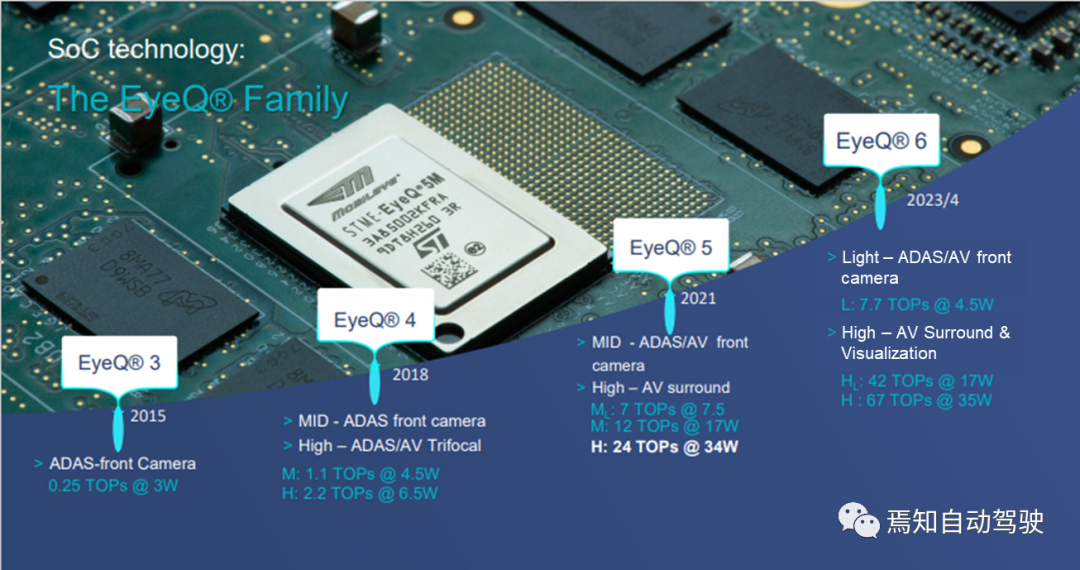 ## EyeQ Chip Series
## EyeQ Chip Series
As shown in the figure below, starting from EyeQ4, each generation of EyeQ chips will have at least two versions. The lower version is used to support L2-level single-camera solutions, while the higher version is used to support L2+ level multi-camera solutions.
The high version of EyeQ4 can support up to three cameras, and the high version of EyeQ5/EyeQ6 greatly increases the number of cameras that can be supported, achieving a 360° panoramic view of the surroundings of the vehicle.
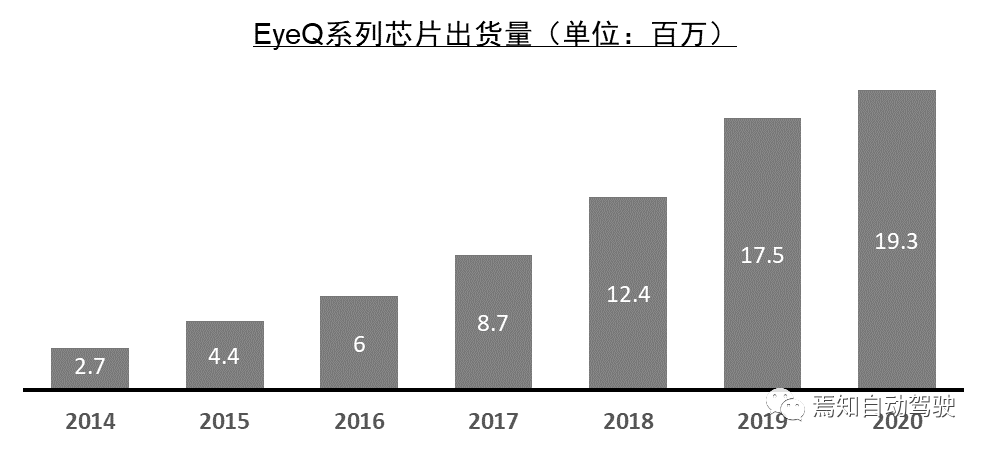
Industry Status
Mobileye is the undisputed leader in the field of ADAS, and according to its publicly announced data, the EyeQ chip series shipped 19.3 million units in 2020, accounting for about 70% of the entire industry.
SuperVision Product Introduction
SuperVision is still an L2+ level ADAS product. From the name, it seems to have little difference from L2.5, L2.9, L2.99, and other L2+ level ADAS products that have already flooded the market.
But from the scenarios of the automatic driving functions of the Zeekryan 001, which was launched by HEISHA Technology, we can see the biggest difference between SuperVision and ordinary L2+ ADAS: it can support leading driving on open roads in the city (including red light braking).
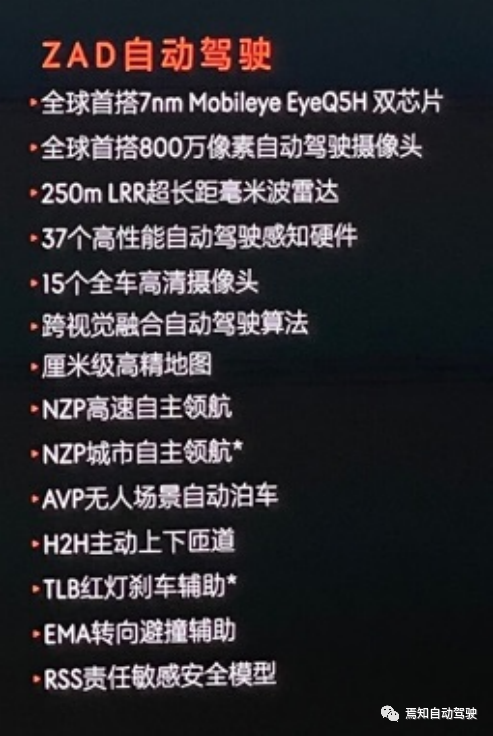
Up to now, Zeekryan 001 has not released any test videos regarding SuperVision, so we cannot know how well it performs on open city roads. However, from the SuperVision test video published by Mobileye in the Jerusalem urban area, SuperVision can almost kill any L2+ level ADAS except Tesla.
Without further ado, let’s take a look at how SuperVision performs in the Jerusalem urban area:
This article is a translation by ChatGPT of a Chinese report from 42HOW. If you have any questions about it, please email bd@42how.com.
